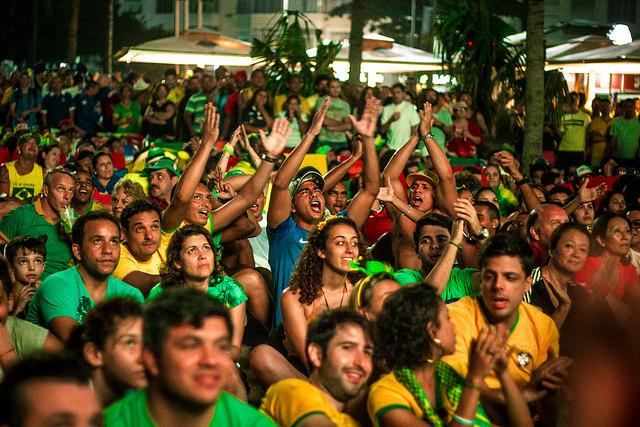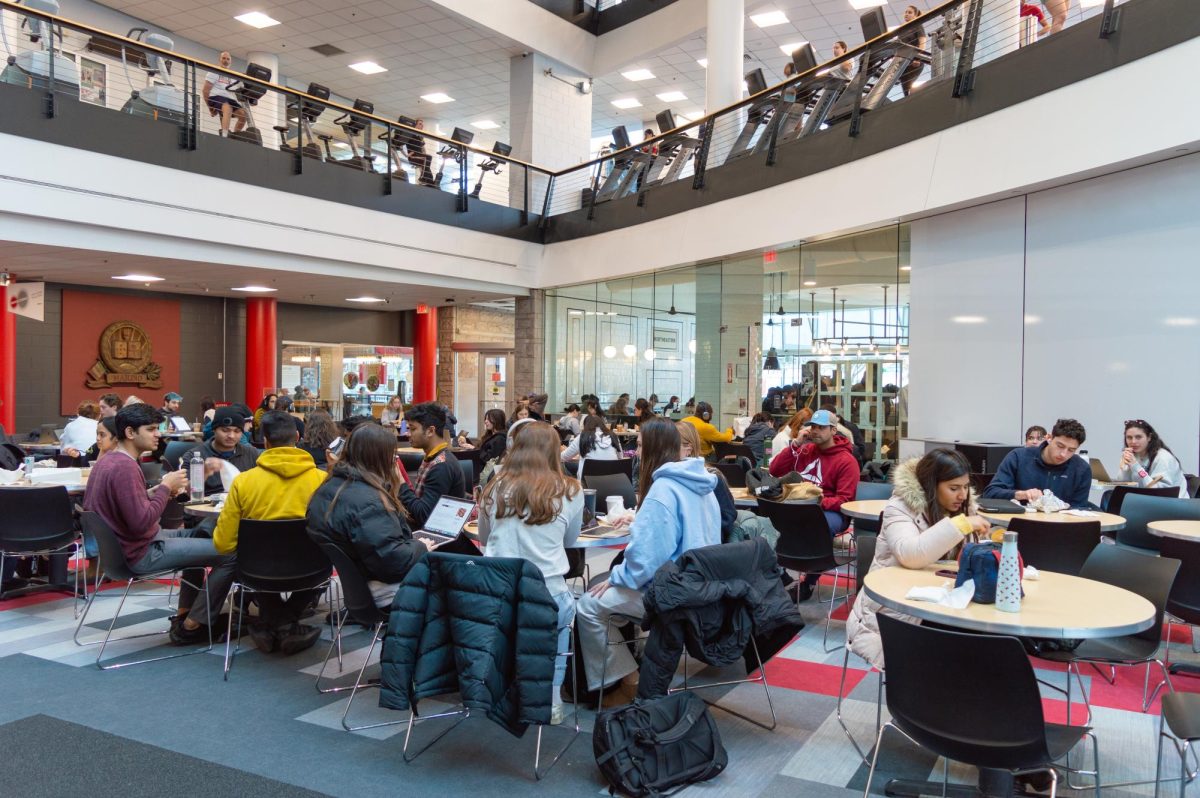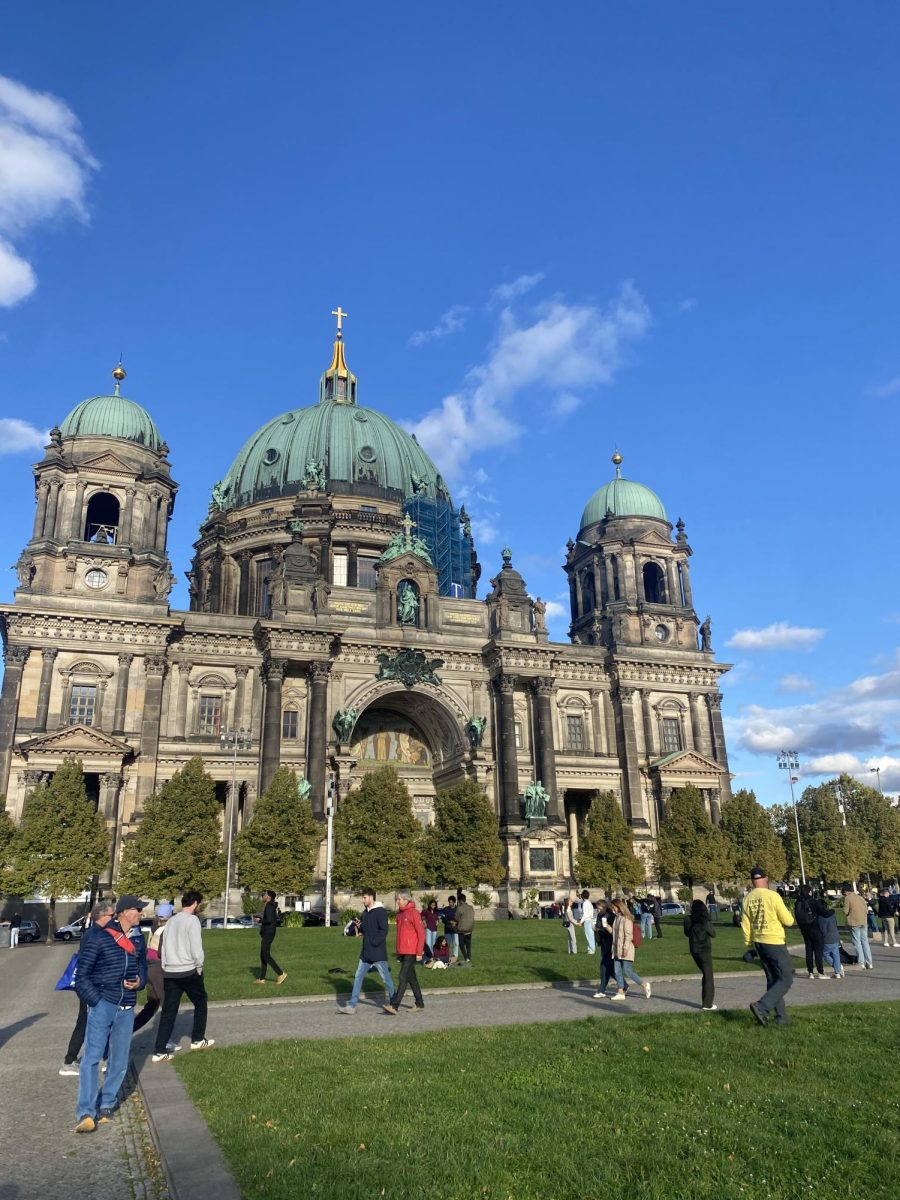By Sara Tucker, Inside Columnist
With the US victory over Ghana today, American eyes are turning towards Brazil as the US potential for a win increases. But unlike many countries around the world, football (soccer) does not have the cult following in the US that it does across the rest of the globe. While there are many football fanatics throughout the states, here’s some tips to keep in mind for the rest of us.
Groups
Of the 32 countries participating in the World Cup, each is placed in a group at the beginning of the tournament. Countries wishing to advance in the Cup have to emerge from the Group Stage by securing the most or second most points possible from its three games (three points for a win and one point for a tie.)
The US was placed in this year’s “Group of Death,” which is widely considered to be the hardest group to emerge from. The 2014 “Group of Death” includes the US, Germany, Portugal and Ghana. After the US victory over Ghana, they’ll have to beat Portugal in next week’s match. The best two teams from each of the eight groups will advance to the Knockout Stage, which includes the best 16 teams in a single elimination bracket similar to March Madness for the NCAA.
The one to watch
Football fans around the world keep an eye on Spain, who is viably the best team in the 2014 tournament and ranked first in the world by the Fédération Internationale de Football Association (FIFA). It is also widely considered to be the favorite after its dominant performances at the 2010 World Cup and Euro 2012.
If you’re looking to make conversation about the Cup, consider mentioning the Spain vs. Netherlands game one upset (the Dutch demolished the Spaniards 5-1.) Since the team is ranked #1, fans are looking to see if it’s able to bounce back in subsequent games.
Brazil unprepared for the Cup
In a press conference in early April, just two months before the start of the games, FIFA officials admitted that “we are not ready” in response to the question of preparation for the 2014 World Cup. The two primary stadiums were set to be completed in April, but were not finished until just before the start of the games. Safety was questioned as well after a construction worker died in the Sao Paulo stadium just a few days before the April press conference.
The traffic in Sao Paulo has also forced teams to face some unwanted difficulties and distractions. The Belgian team, which is staying at a resort 40 miles east of the city, was due to scrimmage the US team last Thursday morning. But 40 miles in Sao Paulo traffic would have taken the team hours that they did not have to sacrifice, so Belgian coach Marc Wilmots called American coach Jurgen Klinsmann and the two agreed to cancel the match.
Noisy fans beware
After the debacle that was the 2010 vuvuzelas, FIFA has banned the noisemakers from the games. Brazil answered the call for new noisemakers with caxirolas, which, instead of the trumpet-like shape of the vuvuzelas, are colorful maraca-type gizmos that resemble a cross between a hand grenade and brass knuckles. The instruments were designed to be less annoying than the 2010 version, which many fans said ruined the games for both those in attendance and those watching on TV. The caxirolas, which were being snatched up by fans at the games, have already been outlawed by FIFA in an attempt to avoid a repeat of the 2010 vuvuzelas.
Adidas pouts in the corner
The US primary sponsor in this year’s Cup is Nike, and the familiar swoosh mark in the left corner of this year’s uniforms is unavoidable. But in addition to sponsoring the US, the company also sponsors the host team, Brazil. Since Adidas is an official sponsor of the World Cup through 2030 and claims the right the design each tournament’s ball, Nike had to do some major work this year to try to challenge Adidas.
But Nike is arguably doing better than Adidas by backing football celebrities like Neymar da Silva Santos Júnior, the most famous Brazilian player, and the company isn’t spending $70 million to do so, a fee that Adidas shells out every four years to secure FIFA rights. Nike is also dominating this year’s Cup in advertising with its “Risk Everything” campaign, which has almost 80 millions views on Youtube.
Adidas isn’t looking to Nike as friendly competition, as an article in Bloomberg Businessweek reports that “Nike wants soccer. Adidas needs it.”
Take it all in
Like the Olympics, the World Cup only comes around every four years. While football fans wait anxiously for the tournament, those of us who aren’t glued to ESPN for the five-or-so weeks of the Cup should still flip to SportsCenter every once in awhile for coverage of the games. While watching grown men kick a ball around a field may not be the most riveting thing on TV, it’s a billion dollar cultural phenomenon that shouldn’t be missed. And have you seen Cristiano Ronaldo’s abs?
Photo courtesy Ninja Midia, Creative Commons.









